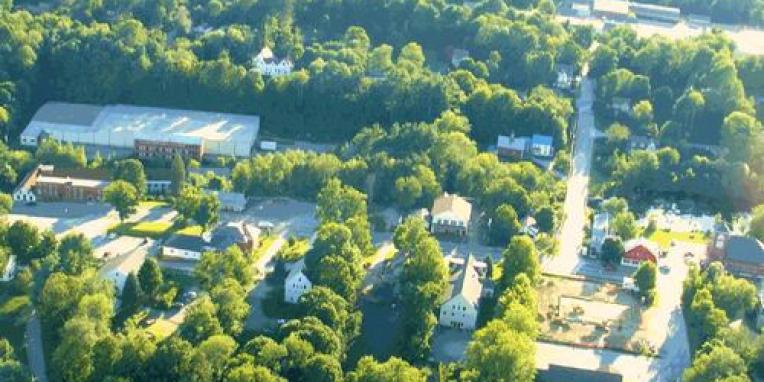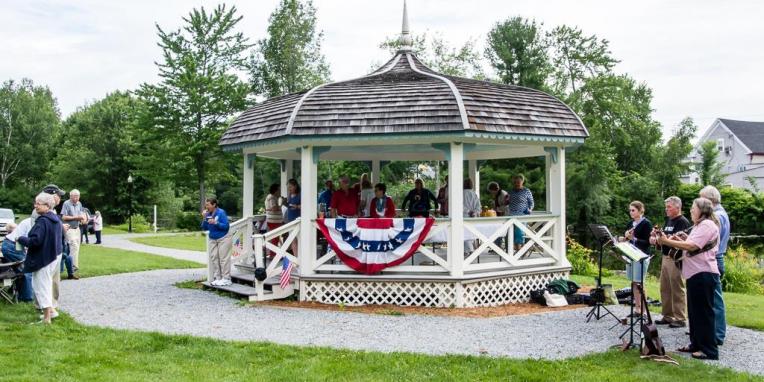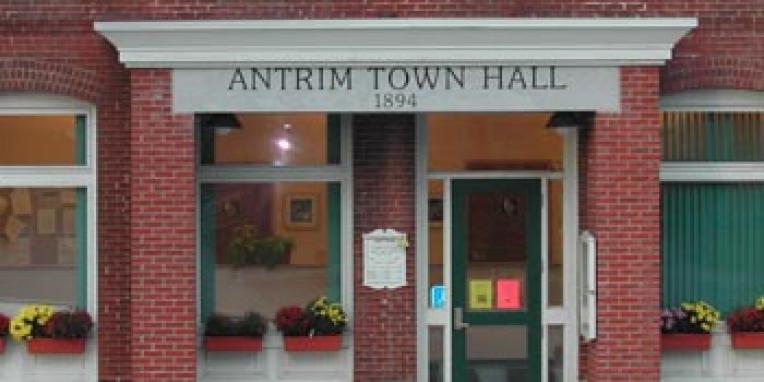Wetlands
A wetland is defined by the New Hampshire Department of Environment Services (DES) Wetlands Bureau as “…an area that is inundated or saturated by surface or groundwater at a frequency and duration sufficient to support, and that under normal conditions does support a prevalence of vegetation typically adapted for life in saturated soil conditions.”
“Wetlands” is the collective term for land that serves as a transition zone between surface water and upland sites. Wetlands can be bogs and peatlands, fresh marshes, salt marshes, wooded swamps, and riparian areas.
There are several methodologies a town can use to define wetlands. These methods generally fall within the U.S. Army Corps of Engineers (USCOE) or the U.S. Department of Agriculture, Natural Resource Conservation Service (formerly Soil Conservation Service) definitions. The USCOE definition is based on fourteen functional values associated with wetlands; these include wildlife habitat, flood control, groundwater use, nutrient retention, educational potential, water-based recreation and historic value. This is the definition most often used for site specific work. The USDA method categorizes soils as being either very poorly drained or poorly drained. This is the method utilized as the basis for generalized planning.
In Antrim, wetlands constitute about 2,475 acres (11%), out of the total land area of 23,125 acres. They are distributed fairly evenly around town, consisting primarily of small pockets or areas adjacent to streams. There are, however, a number of significant and large wetland areas in town. Some of these wetlands are listed here, but this list is not all inclusive: Meadow Marsh, Cochran Swamp, Great Cedar Swamp, Liberty Farm Swamp, Salmon Brook Swamp, and bottom land areas adjacent to the drainage in town (i.e. including but not limited to the Contoocook River, Great Brook and the North Branch).




